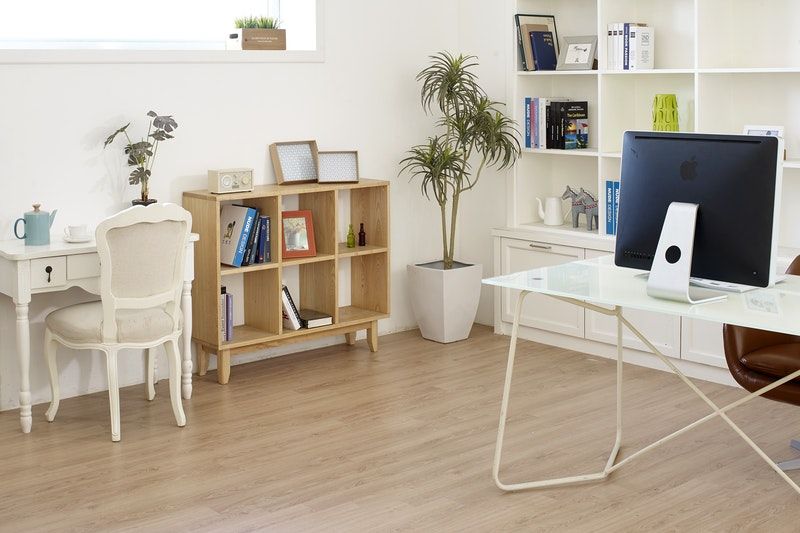Painting your walls D.I.Y.-style can seem like a daunting task, especially when you haven’t done it before. Walls can make or break a room, so you want to make sure you know what you’re doing. Part of that is investing in the right tools.
There are many choices for brushes, rollers, and sprayers when it comes to painting your walls. So you need to know what options are the best for whatever you hope to accomplish. This article will help you determine what to use to paint your walls, by covering the following:
- 10 best paintbrushes for walls
- What’s the best type of brush for painting walls?
- Best way to paint walls: brush, roller, or spray?
- Best way to paint walls without marks
Before we get into the best ways to paint your walls, let’s dive into the best paintbrushes for walls. If you’re planning on adding a design to your walls, don’t forget to check out the 8 best design brushes for painting walls.
10 best paintbrushes for walls
You want to get the most out of your D.I.Y. project, right? So when planning to paint your walls, it’s important to know what your options are and what you should be looking for. To help you get started in your search, here are ten options for the best paintbrushes for walls, including rollers and sprayers.
1. Purdy XL Swan Flat Wall Brush

Image Credit: Amazon.ca
Quantity: 1
Size: 3-inch
Material: Nylon-polyester
Best Feature: Versatility
The Purdy XL Swan Flat Wall Brush is an ideal choice for those wanting to do work on their walls. The quality bristles are designed to allow for great paint lift and application, helping you achieve a smooth finish. It works great in all environments and with all types of paint.
2. Linzer Foam Paint Roller Cover
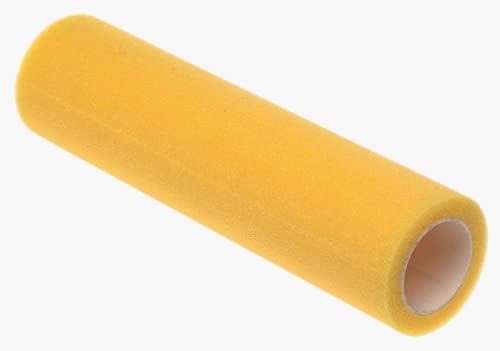
Image Credit: Amazon.ca
Quantity: 1
Size: ⅜-inch nap, 9-inch length
Material: Foam
Best Feature: Coverage
For those working with a smooth wall, opt for the Linzer Foam Paint Roller Cover. This roller cover is designed to paint your walls with great coverage in less time. It can also be used with latex-based and enamel-based paints.
3. Graco Magnum Project Painter Plus Paint Sprayer
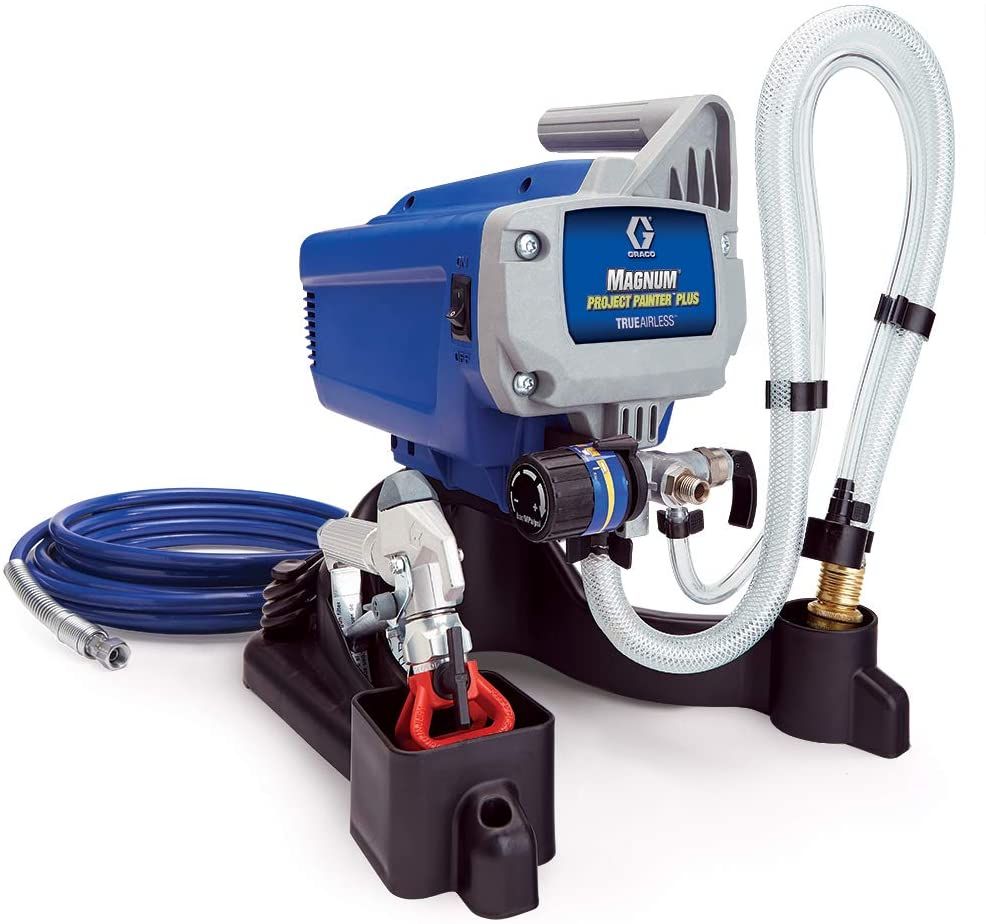
Image Credit: Amazon.ca
Quantity: 1
Size: 6.8 kg
Best Feature: Quality
The Graco Magnum Project Paint Plus Paint Sprayer is a great choice for those wanting to invest in a sprayer for their walls. This sprayer is easy to use and allows you to adjust the pressure flow for ideal coverage. It also includes a feature to allow you to spray paint directly from the bucket.
4. Wooster Shortcut Angle Sash Paintbrush
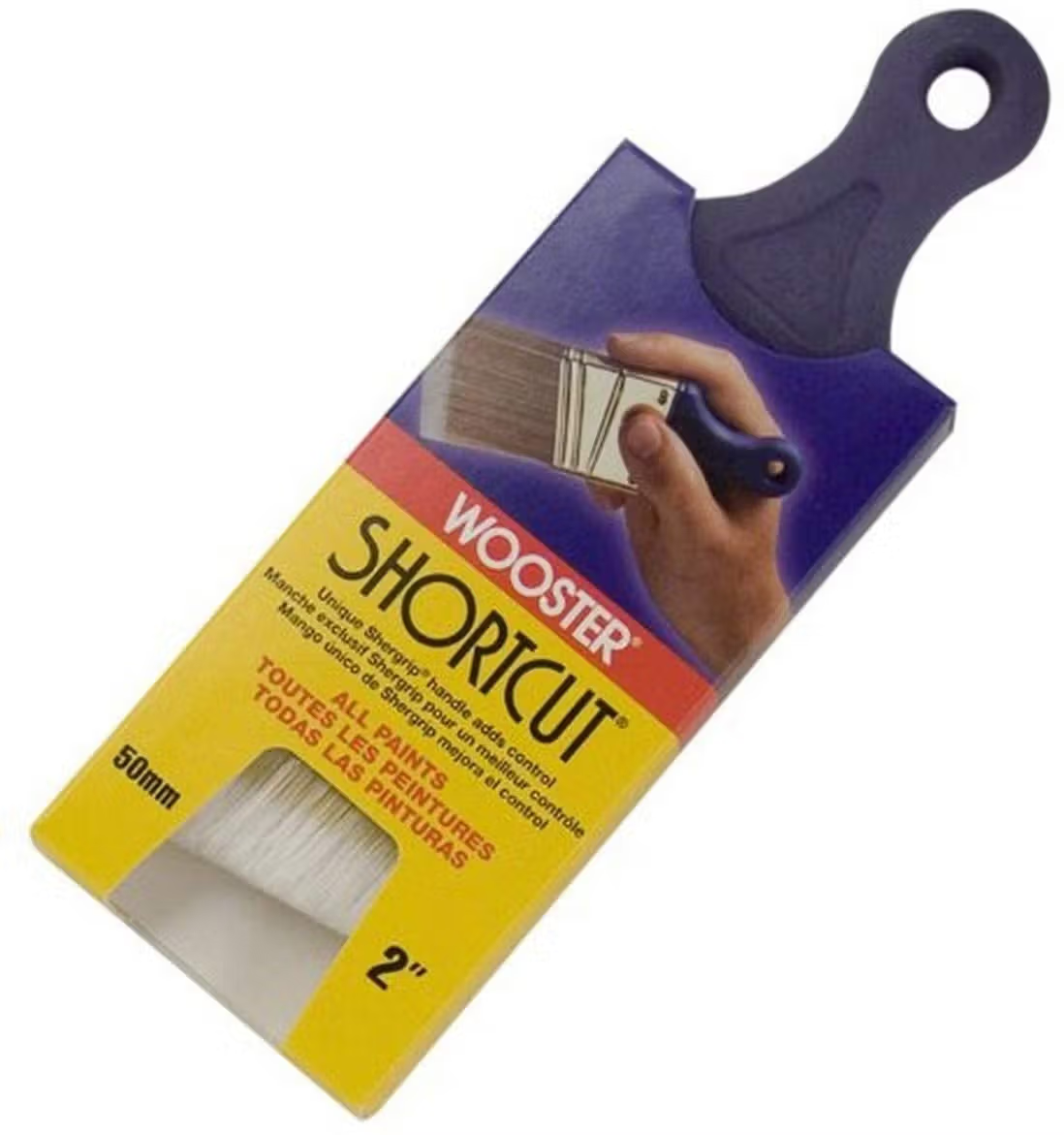
Image Credit: Amazon.ca
Quantity: 1
Size: 2-inch
Material: Nylon-polyester
Best Feature: Flexible handle
For the perfect angled brush for wall painting — including cutting-in and edgework — you need the Wooster Shortcut Angle Sash Paintbrush. This brush has the perfect size and design for painting small sections of wall. Its short, flexible handle also makes it an ideal choice for maintaining comfort while painting in tricky areas.
5. Purdy White Dove Roller Covers
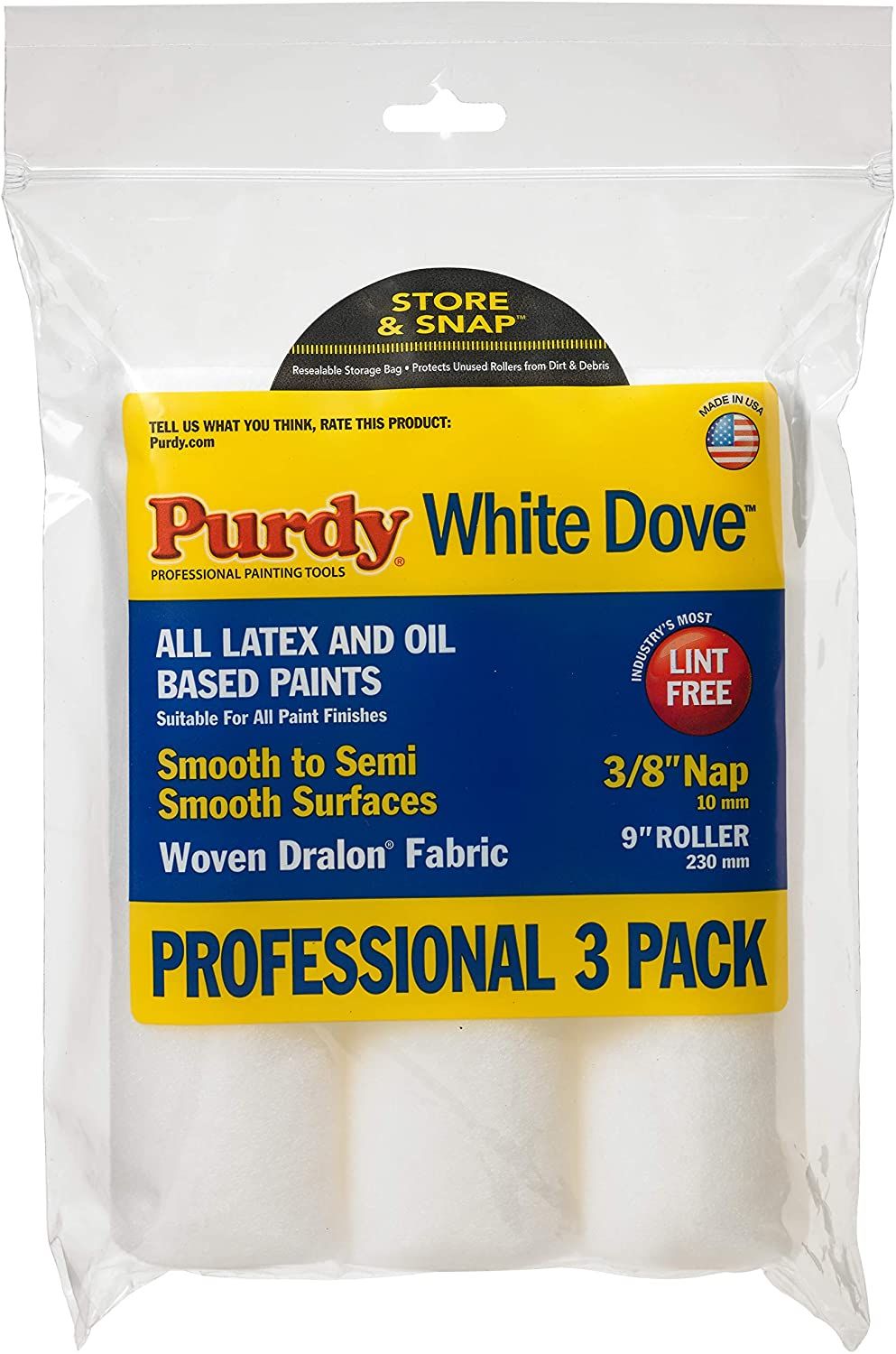
Image Credit: Amazon.ca
Quantity: 3
Size: ⅜-inch nap, 9-inch length
Material: Woven Dralon
Best Feature: Value
If you want value and quality, you should consider this 3-pack of Purdy White Dove Roller Covers. They’re the perfect size and make for applying a smooth, consistent finish to your walls in less time. They also work great with all paints.
6. Wagner SprayTech Control Spray Max HVLP

Image Credit: Amazon.ca
Quantity: 1
Size: 5.08 kg
Best Feature: Multi-usage
If you want a sprayer that you’ll be able to use for many projects to come, check out the Wagner SprayTech Control Spray Max HVLP This sprayer uses lots of paint with little pressure, giving you great coverage for your walls. It also works with a wide variety of paints.
7. Shur-Line Pro Paint Edger
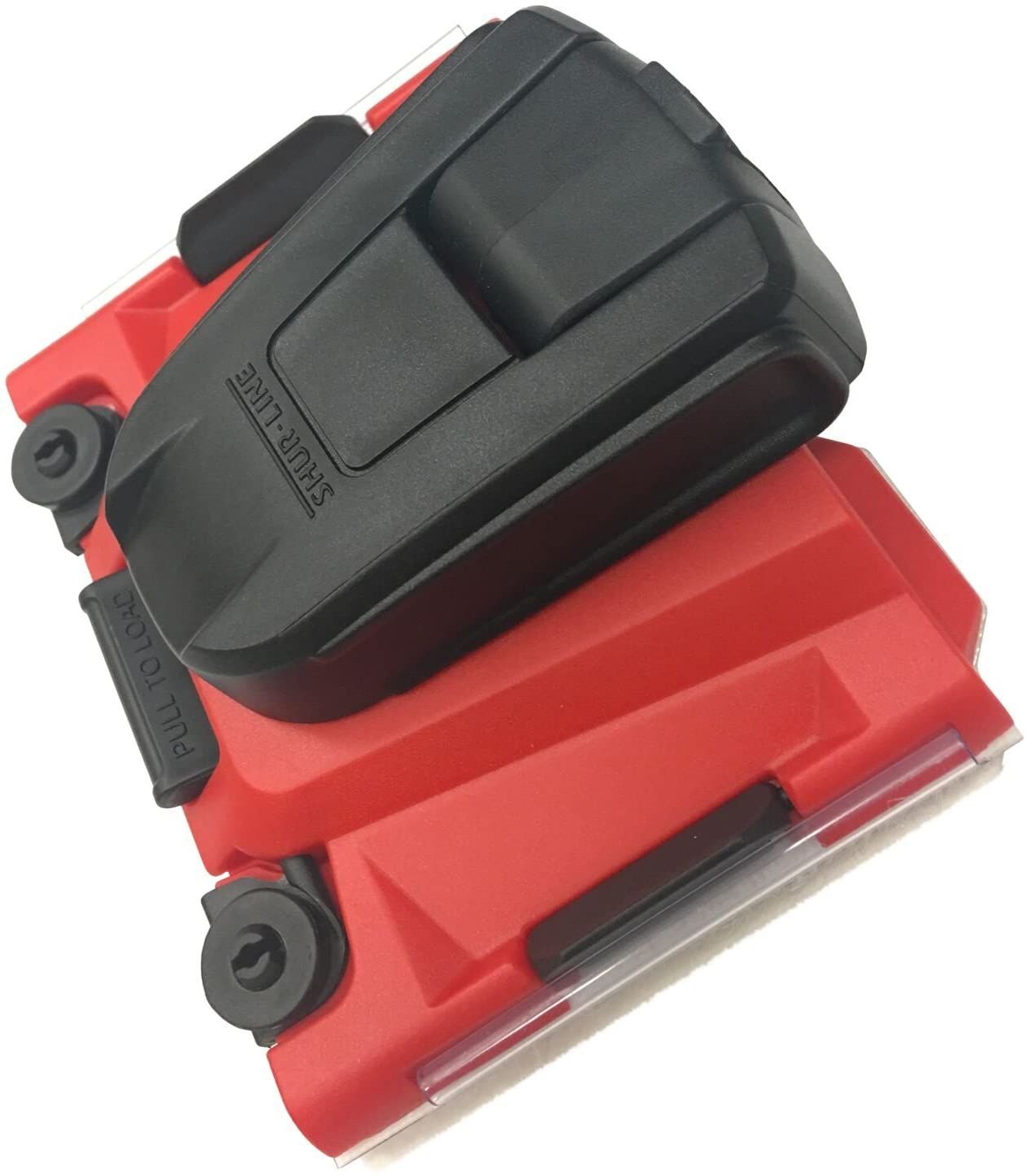
Image Credit: Amazon.ca
Quantity: 1
Size: 4 x 3 inches
Material: Fabric
Best Feature: Easy application
If you’re looking for an easier way to paint the edges of your walls, the Shur-Line Pro Paint Edger is a great choice. This product can help you easily apply paint to edges quickly and easily. It also leaves a smooth finish that will blend beautifully with the rest of your wall’s surface.
8. Wooster Mohair Blend Roller Cover

Image Credit: Amazon.ca
Quantity: 1
Size: ¼-inch nap, 9-inch length
Material: Mohair-polyester blend
Best Feature: Smooth finish
If you want to be sure that you’ll get full coverage in less time, the Wooster Mohair Blend Roller Cover is a great option. It has the perfect design and material to quickly coat your walls with a beautiful finish. It’s also durable, allowing for reuse.
9. HomeRight Finish Max Paint Sprayer
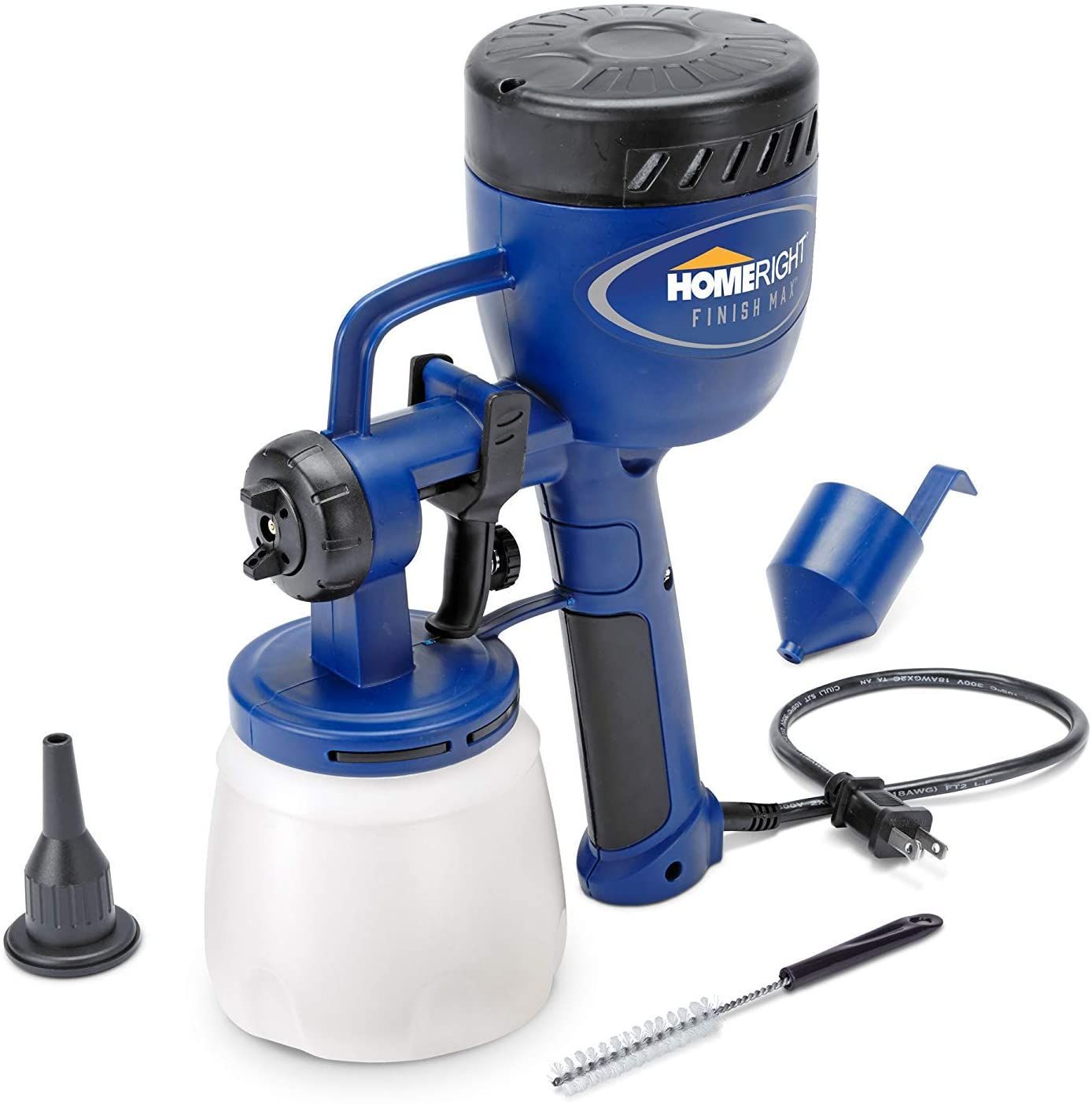
Image Credit: Amazon.ca
Quantity: 1
Size: 1.41 kg
Best Feature: Affordable
The HomeRight Finish Max Paint Sprayer is both an affordable and high-quality choice for those wanting to spray their walls. This sprayer can be used by anyone to achieve great coverage of their walls in less time. It’s also lightweight and works with many types of paint.
10. Wooster Silver Tip Angle Sash Paintbrush

Image Credit: Amazon.ca
Quantity: 1
Size: 2.5-inch
Material: C.T. polyester
Best Feature: Softness
For edgework or touch-ups, you’ll want to consider the Wooster Silver Tip Angle Sash Paintbrush. This brush is made with soft bristles, helping to eliminate brush marks on your walls. It has a quality make to ensure a smooth finish time after time.
What’s the best type of brush for painting walls?
In terms of the types of paintbrushes for walls, your specific D.I.Y. project is going to determine what you should look for. Whether you’re wondering what paintbrush to use for walls, or thinking you might prefer a roller or sprayer instead, these are the things you should consider when shopping for paint tools:
- Brush type – Use a flat wall brush for larger work, and an angled brush for edgework and cutting-in.
- Brush size – 2-inch to 2.5-inch is ideal for edgework; you should aim larger (3-inch to 4-inch) for the main surface and smaller (1.5-inch or less) for touch-ups.
- Brush material – Nylon-polyester is the most popular and best brush material for achieving a smooth finish.
- Roller nap – Smaller naps, usually around ¼-inch, are ideal for the average flat wall with minimal texture.
- Roller material – Nylon-polyester, natural blend, and foam rollers are your best options when working on walls with minimal to no texture.
- Roller length – 9-inch to 12-inch are the go-to sizes for larger work, while 4-inch or smaller is ideal for small touch-ups.
- Sprayer pressure – If you’d prefer to use a paint sprayer, look for high volume, low pressure (HVLP) one. This will guarantee smooth, beautiful coverage of your walls.
Best way to paint walls: brush, roller, or spray?
The answer to the best way to paint your walls depends on what you specifically want to do and accomplish. Brushes are your best option if you’re most concerned with the quality, especially when working on touch-ups or edgework.

If you’re looking to repaint your walls entirely, you’ll want to pair a brush with a roller to speed up the process while maintaining quality results. Paint rollers are most ideal for covering a larger surface area in less time, while also focusing on the quality of the paint coverage.
If you’re most concerned about speed, a sprayer is your best bet. However, be prepared to possibly spend some time beforehand putting protective covers on things you don’t want to get paint on, and/or cleaning up a mess afterwards.
Choose a brush if…
- You want to do small touch-ups, as opposed to repainting large sections of your wall.
- You’re doing edgework or cutting-in.
- You’re working on a smaller surface area.
Choose a roller if…
- You’re painting or repainting the entire wall, or at least a large portion of it.
- You’re painting multiple walls.
- You want to speed up the process but maintain quality results.
Choose a spray if…
- You want to speed up the process.
- You have the money to invest in a sprayer.
- You’re okay with taking the time and effort to protect the surrounding area and clean up afterwards.
Best way to paint walls without marks
If you’re doing a D.I.Y. paint job on your walls for the first time, it’s normal to be concerned about doing a good job. To get the most out of your work, follow these tips for avoiding brush marks:
- Clean your walls – Start by wiping down your walls with a damp cloth. This will remove any dirt and debris that could appear in your paint.
- Fill any holes or cracks – This will help level the surface of your wall, helping prevent marks when painting over these imperfections.
- Use painter’s tape – Placing painter’s tape over spots where you don’t want paint to end up will help you to better focus on the surface you actually do want to paint.
- Apply primer before painting – A primer is great for providing a base for your paint. This will help you to achieve a smooth finish.
- Stand close – Whether using a roller or brush, you want to be close enough to your work that you can easily maintain control while painting.
- Only use what you need for paint – Your brush bristles should only be dipped ⅓ of the way into your paint. If using a roller, after coating it, use a bucket screen to wring out excess paint. This will prevent you from using more paint than you need, which can cause unnecessary patches and uneven coverage.
- Paint your edges before the main surface – This will make it easier to blend the rest of the wall in with your edgework.
- Use the proper techniques – Brushes should be held at the proper angle, and you should apply paint with your rollers in an up-and-down motion. This will help you avoid lines.
- Finish rolling paint while your paint is still wet – Manage your time and jobs appropriately so that you can finish painting the entire area you’ve chosen before the paint dries. This will help you to prevent noticeable issues with blending colours on the main surface of your wall.
- Try feathering when working on touch-ups – Applying light brushstrokes in areas where you’re touching up your walls will help the new paint blend in with the old.
Now that you’re set with what you need to know about painting your walls, it’s time to get started. If you’re considering going the professional route, the City Painters is here to help. Contact us here or give us a call for a quote.
